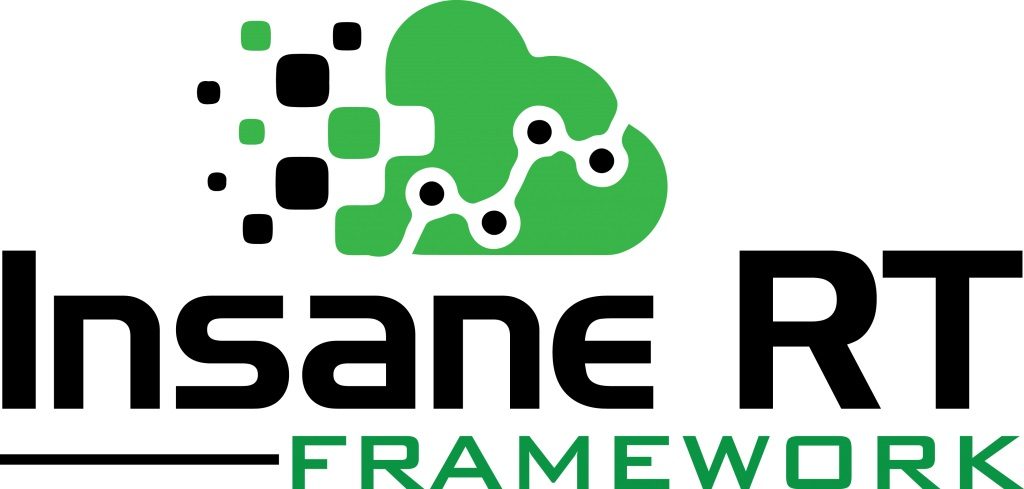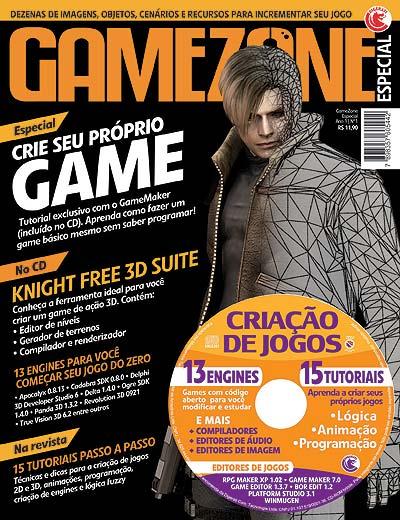
Fully programmed in C ++, the insane RT Framework was designed to assist in the development of real-time applications.
These can be 3D Engines , Computer Intelligence Applications , Computer Vision Applications, Multimedia Applications and applications that need to integrate Computing Heterogeneous OpenCL.
The Insane RT Framework is the result of the transformation carried out during the more than 20 years of work by William Dutra Wolff, which began in 2000 with the publication of his course conclusion work at Positivo University, in which Mr. Wolff developed a BSP 3D Compiler project for the optimization of 3D modeled environments exported by the Autodesk´s 3DS Max tool.

in 2004 Mr. Wolff open the WDW Tecnologia & Entretenimento company, which was part of the business incubation project of Fundação Getulio Vargas – ISAE FGV and for more than 15 years it remained as one of the only Brazilian companies developing exclusively, tools for development of computer games in Brazil.

During this period, which runs from 2004 to 2013, the company developed a 3D production suite called the Knight 3D Suite, involving not only the 3D execution runtime in real time, but also a Level Editor, a 3D terrain generator and a BSP compiler. called Knight BSP Compiler & Renderer.
In this period, the Unity engine had not yet been released and the WDW tools already made available in its Level Editor features that are currently still widely used in the most modern engines.
In 2013, a new transformation took place, where Mr Wolff was hired by the Pontifical Catholic University of Paraná.

Among disciplines like Building Game Engines and Computer Graphics with OpenGL, This change was so successful that Mr. Wolff was challenged to teach game programming using the Unreal engine.
Looks like it was an amazing mix!
After that, in addition to teaching game programming using Unreal, Mr. Wolff integrated the engine into his classes.

This new transformation involved the creation of a new open source game engine called Insane 3D Engine, where during the years he taught, all the content developed in the WDW tools, was transported to this new application.
Therefore, the Engine construction classes, the concept was seen with Insane 3D and the Practice with the two engines operating together, enabling the teaching of Plugins development and separate components for a RealTime tool.
This exponential growth of the application, made it possible to make a new change in the Insane 3D Engine, where it came to be called Insane RT Framework!
Because the focus of the work has always been to contribute in the area of application development in real time and not compete with market applications in the gaming area, the Insane RT Framework represented an expansion in the types of projects which started to use the tool.
In addition to digital games, the tool started to be used for Machine Learning, Musical Computing and Heterogeneous Programming using CUDA and OpenCL requiring that several main components of the tool needed to be reevaluated.

A new transformation takes place in this work, due to the change in Mr. Wolff’s work landscape, in which he identified that there is no longer a need to maintain an architecture focused on teaching, since the great majority of the market engines, like Unreal Engine, they already have open source code and already serve as a consistent source of learning.
Therefore, the Insane RT Framework is undergoing a new re-engineering, in which several components are being eliminated and others being complemented so that these functionalities can be used by developers within market tools or in isolation, without the need for a complete development architecture.
This re-engineering is accompanied by some new applications, such as the Plugin Insane Video Recorder – Camera Man (for Engine Unreal), which makes video recordings in real time to assist Virtual Production jobs in real time.
Anyway, it is hoped that in some way this work can help you in your development goals, and for any demand, Mr. Wolff is available in the contact emails.
